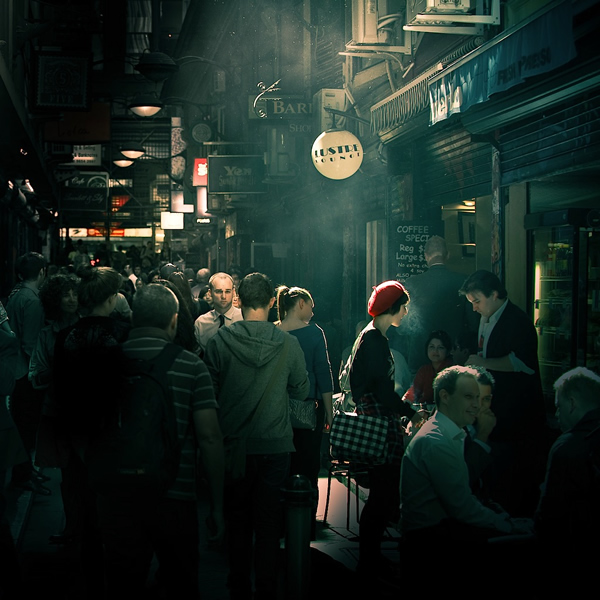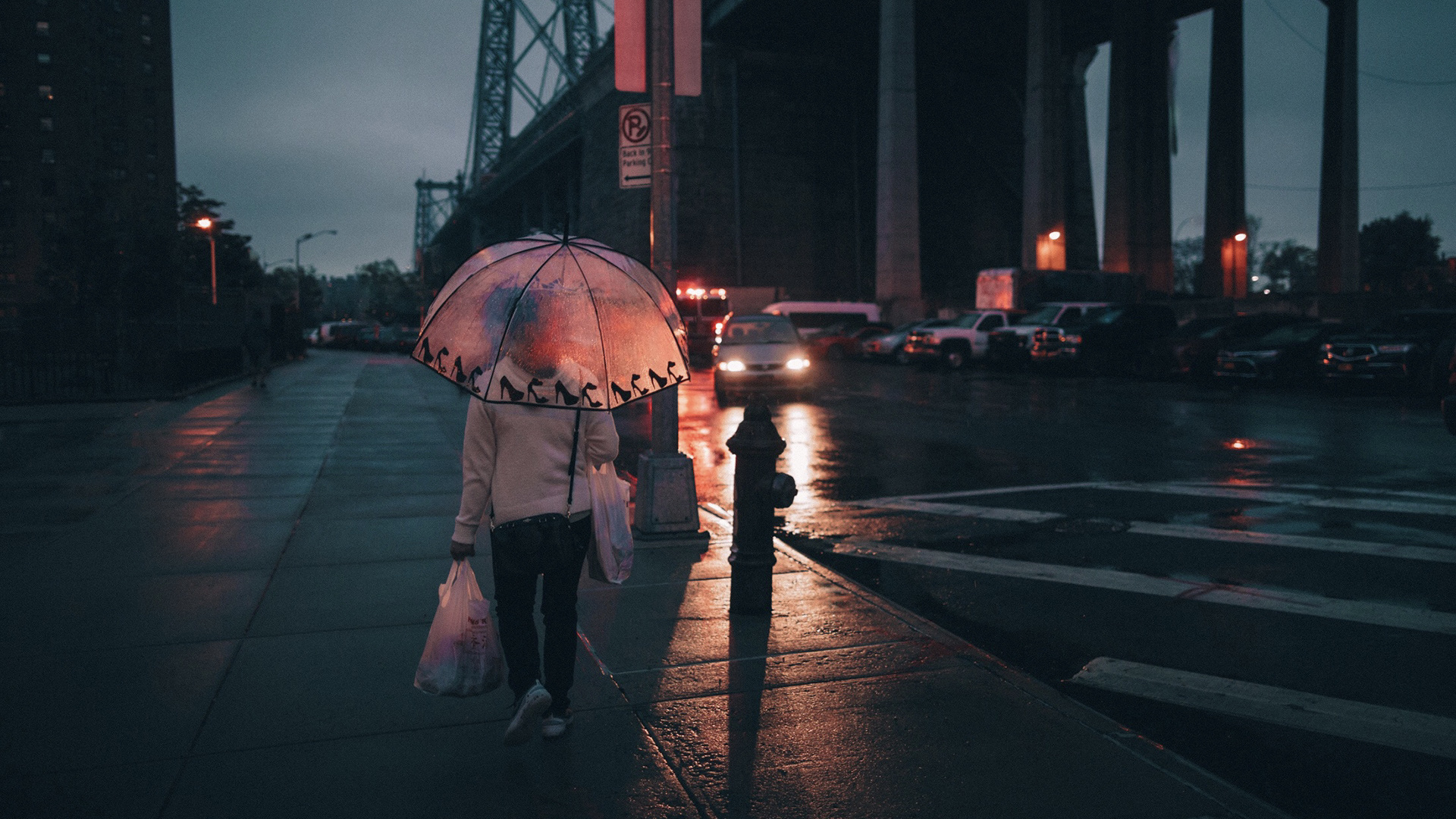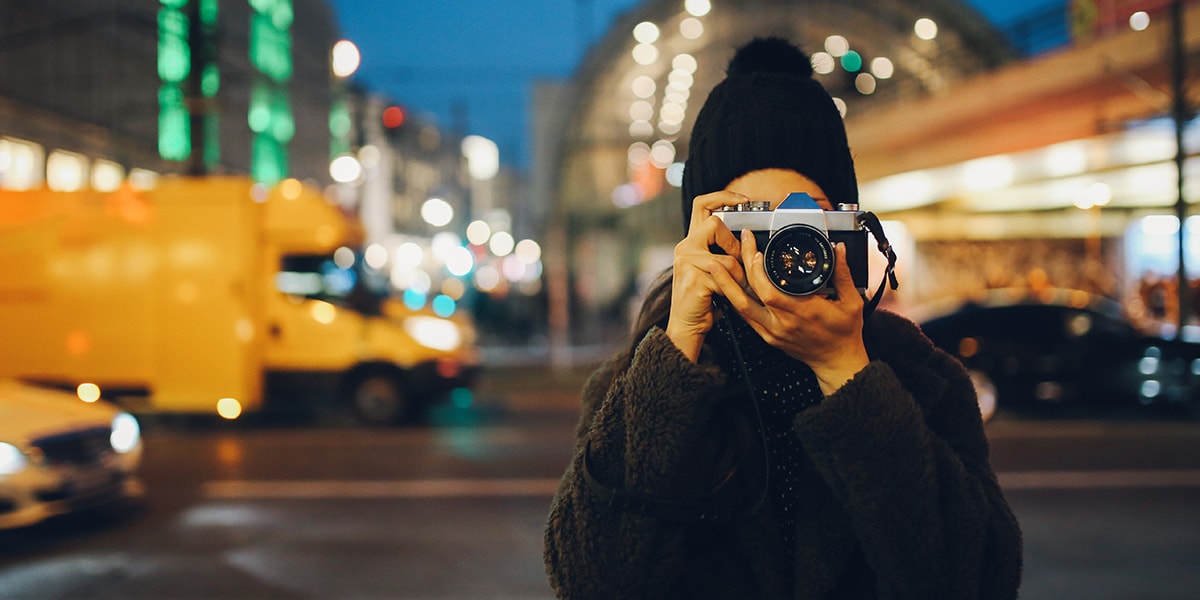Little Known Facts About Street Photographers.
Little Known Facts About Street Photographers.
Blog Article
A Biased View of Street Photographers
Table of Contents8 Easy Facts About Street Photographers DescribedRumored Buzz on Street PhotographersThings about Street PhotographersFascination About Street PhotographersThe Ultimate Guide To Street Photographers
Road professional photographers do not necessarily have a social function in mind, but they choose to separate and catch minutes which may or else go undetected.Though he was influenced by most of those who influenced the road digital photographers of the 1950s and '60s, he was not chiefly interested in recording the spirit of the road. The impulse to visually record individuals in public started with 19th-century painters such as Edgar Degas, douard Manet, and Henri de Toulouse-Lautrec, who functioned side by side with photographers attempting to capture the essence of metropolitan life.

Given the fine high quality of his photographs and the breadth of material, designers and artists commonly purchased Atget's prints to utilize as referral for their very own work, though industrial rate of interests were rarely his major motivation. Rather, he was driven to photograph every last remnant of the Paris he loved. The mingled passion and necessity of his objective sparkle through, leading to photographs that tell his own experience of the city, top qualities that anticipated road digital photography of the 20th century.
Street Photographers for Dummies
They reveal the city via his eyes. His work and essential understanding of photography as an art type functioned as ideas to generations of digital photographers that followed. The future generation of street professional photographers, though they likely did not describe themselves because of this, was introduced by the photojournalism of Hungarian-born photographer Andr Kertsz.
Unlike his peers, Brassa made use of a larger-format Voigtlnder camera with a longer exposure time, forcing him to be much more calculated and thoughtful in his practice than he could have been if using a Leica.
Cartier-Bresson was a champion of the Leica camera and one of the initial professional photographers to optimize its abilities. The Leica permitted the professional photographer to connect with the surroundings and to record moments as they occurred - Street Photographers. Its reasonably tiny dimension additionally helped the photographer fade right into the background, which was Cartier-Bresson's favored technique
What Does Street Photographers Mean?
It is because of this fundamental understanding of the art of photo taking that he is commonly attributed with finding the tool all over once more approximately a century considering that its creation. He took photos for more than a half century and influenced generations of professional photographers to trust their eye and intuition in the moment.
These are the questions I will try to address: And after that I'll leave you with my own definition of road digital photography. Yes, we do. Allow's begin with defining what an interpretation is: According to it is: "The act of specifying, or of making something definite, distinctive, or clear".
No, absolutely not. The term is both limiting and misinforming. Seems like a street digital photography must be photos of a streets ideal?! And all street digital photographers, with the exception of a handful of outright newbies, will totally value that a street is not the vital element to street photography, and actually if it's an image of a road with possibly a few monotonous people not doing anything of interest, that's not road photography that's a picture of a street.
He makes a legitimate point do not you think? However, while I concur with him I'm not sure "honest public check this site out photography" will official site certainly capture on (although I do kind of like the term "candid digital photography") due to the fact that "road photography" has actually been around for a lengthy time, with several masters' names affixed to it, so I believe the term is below to remain.
Some Known Details About Street Photographers
Inside?! I hear you yell as you drink your hand to the sky. Why not? You can contend the beach, at an event, in a street, in a park, in a piazza, in a cafe, at a gallery or art gallery, in a metro station, at an event, on a bridge, under a bridge ...

The 10-Minute Rule for Street Photographers

Report this page